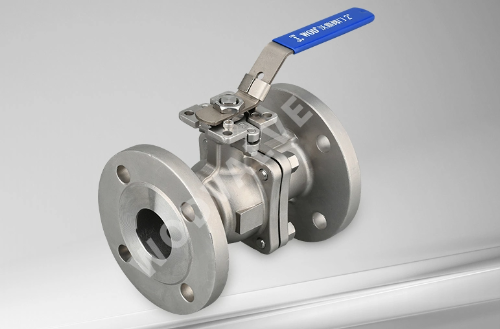The design of a cast steel gate valve significantly impacts its functionality and performance in various industrial applications.
Here’s how different design features influence the functionality of a cast steel gate valve:
- Body and Bonnet Design: The body and bonnet of a cast steel gate valve are typically designed to withstand high pressures and temperatures encountered in industrial processes. The robust construction of the body and bonnet ensures structural integrity and prevents leakage, ensuring reliable performance in demanding environments.
- Gate Design: The gate of a cast steel gate valve is designed to provide a tight seal against the valve seat when closed and to allow unobstructed flow when fully open. The design of the gate, including its thickness, shape, and surface finish, affects sealing performance, erosion resistance, and flow characteristics of the valve.
- Sealing Mechanism: Cast steel gate valves use various sealing mechanisms, including metal-to-metal seals, resilient seals (such as graphite or elastomer), or a combination of both. The design of the sealing mechanism influences the valve’s ability to prevent leakage and maintain tight shut-off, particularly under high-pressure conditions.
- Stem and Stem Packing: The stem of a cast steel gate valve extends through the bonnet and connects to the gate, allowing for manual or actuated operation. The stem and stem packing are designed to provide a reliable seal and smooth operation while withstanding high temperatures and pressures. Proper stem packing design is crucial to prevent leakage along the stem during valve operation.
- Actuation: Cast steel gate valves can be operated manually using a handwheel or actuated using pneumatic, electric, or hydraulic actuators. The design of the actuation mechanism influences the speed, force, and precision of valve operation, as well as compatibility with automation systems for remote control and monitoring.
- End Connections: Cast steel gate valves are available with various end connections, including flanged, threaded, or welded ends, to suit different piping configurations and installation requirements. The design of the end connections ensures proper alignment, sealing, and connection integrity, contributing to the overall functionality and reliability of the valve.
- Size and Pressure Class: Cast steel gate valves are available in a wide range of sizes and pressure classes to accommodate different flow rates and pressure ratings in industrial applications. The design of the valve is tailored to meet specific size and pressure requirements, ensuring optimal performance and safety under varying operating conditions.
- Compliance with Standards: Cast steel gate valves are designed and manufactured according to industry standards and specifications, such as API, ASME, or ANSI standards. Compliance with these standards ensures that the valve meets quality, performance, and safety requirements for use in critical applications.
Overall, the design of a cast steel gate valve influences its functionality, reliability, and performance in industrial applications. By incorporating robust construction, effective sealing mechanisms, smooth operation, and compliance with industry standards, cast steel gate valves provide essential flow control solutions for a wide range of industrial processes.
